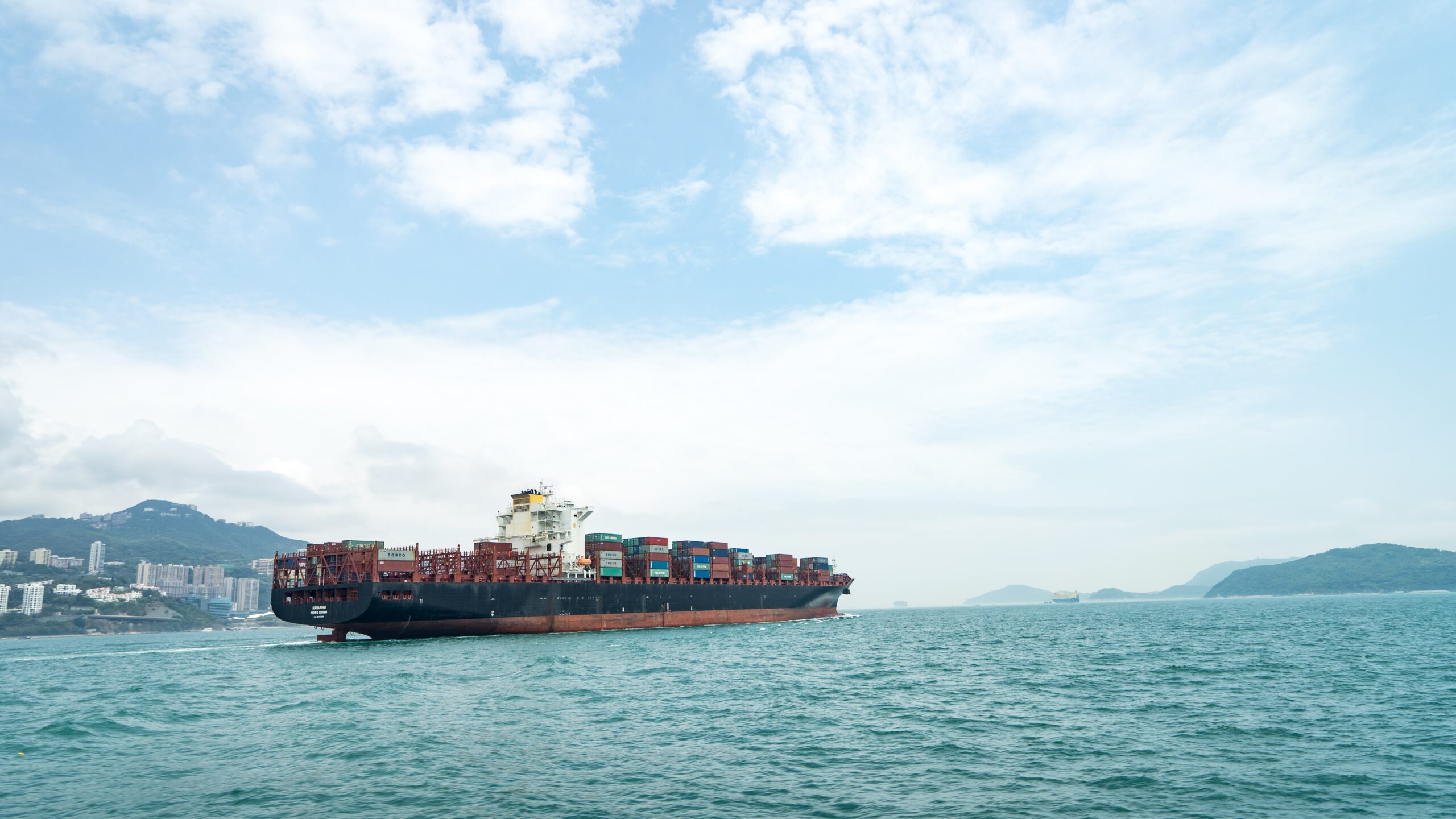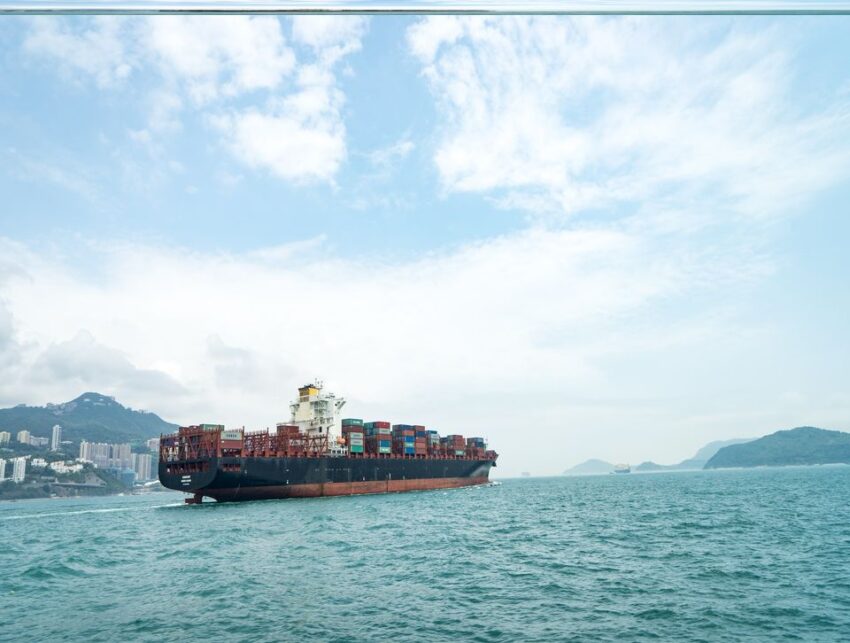The container shipping industry which forms the backbone of the global economy is undergoing a significant change to cut down on its greenhouse gas emissions. Back in 2018, UN Maritime Organization set a target to reduce carbon emissions by at least half in the next 30 years. Decarbonization has become a top priority of global governments who are presently committed to increasing efforts to lower carbon emissions and fight the climate crisis.

The massive weight of the container vessels generates a tremendous amount of greenhouse gas. This happens all the more when the ship travels at a greater speed. Although slow sailing leads to fewer emissions, it takes too much time. On the other hand, environmental activists are putting pressure on the container shipping industry to invest more toward the creation of zero-emission vessels. Keep reading our brief report on decarbonization in the shipping sector to find out more about the environmental commitments of the industry leaders.
Decarbonization targets in the container shipping industry
The IMO (International Maritime Organization) has fixed a target to lower the shipping industry’s carbon emissions in half by 2050 and then gradually eliminate it altogether.
The industry is considering the use of alternative fuels to combat the environmental impact of container shipping. Nevertheless, the use of alternative fuel is still in its developmental stage. This is why the carriers are trying to find short-term solutions to lessen the environmental impact until a better solution becomes available. These short-term solutions include the use of LNG or liquefied natural gas that emits lesser CO2 emissions. Additionally, the sea freight industry is also trying to lower the fuel consumption of the vessels by increasing the transit time.
Wallenius Wilhelmsen, a Sweden/Norway-based carrier that focuses on heavy equipment transportation has reported that it could reduce 20% of its carbon emissions by lowering the speed of the vessels. ONE (Ocean Network Express) has also reported that they were able to cut CO2 emissions by 15% by lowering the speed of their fleet by 10%. Nevertheless, slowing the speed of the ships is not always a viable option for all carriers. Moreover, it could even prompt carriers to sail more ships to compensate for the lengthier transit time.
The roadmap to the decarbonization of the global shipping industry
The shipping sector is responsible for 2-3% of the net global carbon emissions. This has prompted the top shipping companies to take immediate measures in this regard. Maersk is trying to go carbon neutral by 2030. They have also invested in a carbon-neutral ocean liner that will set sail within the next 2 years. In the next 10 years, they want to lower Co2 emissions in container shipping by 60%. Moreover, they have the ambitious plan of having zero net carbon emission by 2050.
Shell is collaborating with Deloitte UK and Deloitte Netherlands to explore the possibilities of decarbonization so as to achieve IMO’s ambitions. They are working towards a unique decarbonization approach that will adopt an ecosystem perspective. To begin with, they aim to make progress within the next 2-3 years after which they will scale up their decarbonization efforts by investing in research and setting up controlled pilot projects. Tarek Helmi, a partner of Deloitte Netherlands aptly sums up the situation in these words, “The decarbonization of shipping cannot be solved by one organization on its own….it will require close collaboration between various players in the shipping ecosystem and with other sectors.”
Ways to implement decarbonization strategy
In 2020 when the logistics industry faced a setback due to the pandemic, the maritime shipping industry took a deeper look at the feasible ways to lower carbon intensity. Thankfully, there are many steps that shipping companies can work on to achieve the IMO target. The immediate solutions to the environmental threat include the use of LNG or liquefied natural gas which will result in lesser carbon emissions than the traditional fuel. Moreover, the use of low-sulphur fuel and other alternative fuel sources can be a significant step forward.
Additionally, the shipping companies also making investments towards further research for the reduction of fuel consumption of ocean vessels. Reassessment of the designs of the ocean liners is also being regarded as a viable solution for increasing fuel efficiency. Route planning, speed management, and voyage optimization will not only boost fuel efficiency but also enhance the safety of the vessels. Additionally, economic steps such as tax reduction and other incentives for green shipping will prompt the carriers to adopt environmentally sustainable methods of shipping.
The rise of wind-powered container ships
Until recently, the use of hydrogen fuel was the most talked-about method for lowering CO2 emission in the maritime sector. Nevertheless, hydrogen fuel isn’t cheap and the industry would require considerable government funding to pull it off successfully. Presently there is much talk about wind-powered vessels, that could make a huge difference. This most ancient form of seafaring that uses the power of the wind to cross the seas might become the future of the shipping industry.
Companies line Econowind and Neoliner are in the process of constructing wind-powered freighter ships. Although these ships are much smaller than the large container ships of our times, they will be more economic for shipping companies since the new technology will reduce CO2 emissions by 90%. Additionally, they will have better reach since they will be able to dock at even the smallest ports.


